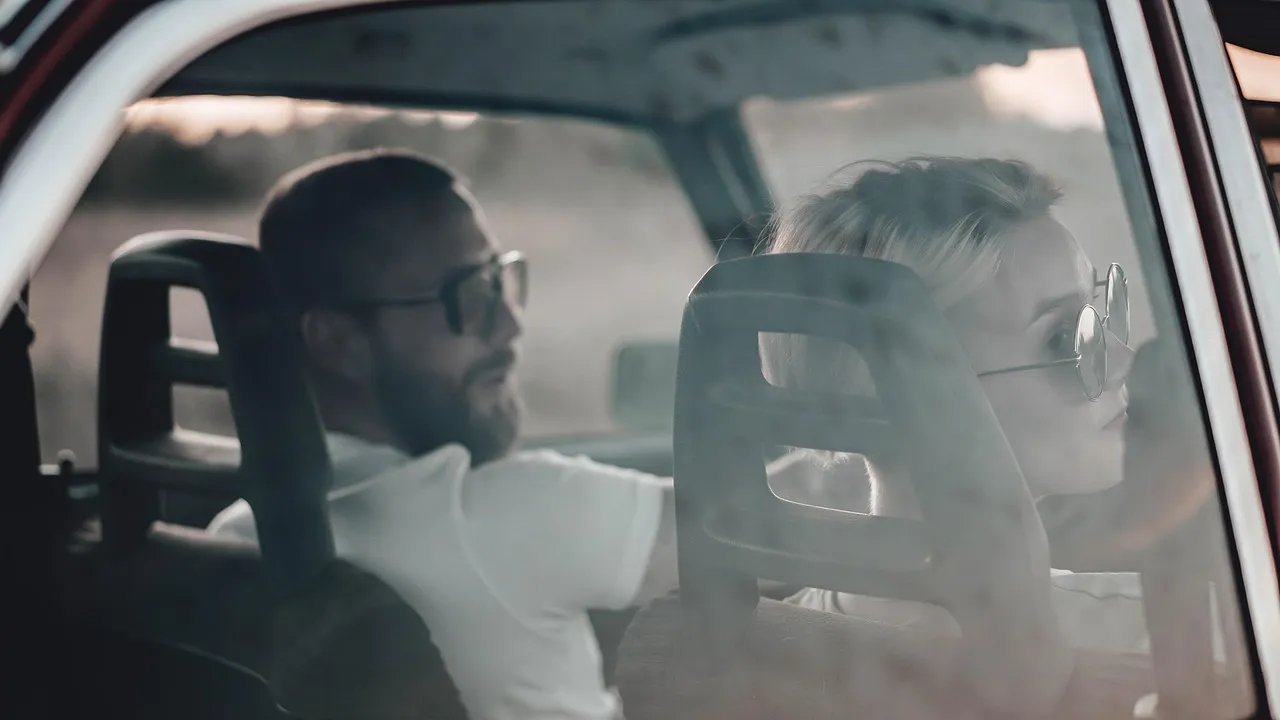Everything You Need to Know Before Drive in Spain

Exploring Spain by car is one of the most rewarding ways to experience its diversity — from the winding coastal roads of the Costa del Sol to the mountainous routes of Andalusia. Renting a car gives you the flexibility to travel at your own pace and reach places that public transport rarely covers. Before setting off, it’s essential to understand the driving laws, required documents, and cultural habits that will make your journey safer and more enjoyable.
Required Documents for Drive in Spain
To drive legally in Spain, you must carry certain documents at all times. Make sure to have the following before starting your trip:
- Valid driver’s license. Licenses issued in the EU or the UK are accepted. Drivers from outside the EU — including the United States, Canada, or Australia — must present an International Driving Permit (IDP) along with their national license.
- Identification. Carry your passport or national ID card, as Spanish law requires every driver to have personal identification while driving.
- Car rental contract and insurance papers. These are provided when collecting your rental vehicle and should remain in the glove compartment during the entire rental period.
- Credit card. The same card used for your booking is often required to cover deposits, tolls, or potential additional charges.
Age and Experience Requirements
Most rental companies in Spain, including Fetajo Rent a Car, require drivers to be at least 21 years old and to have held their license for a minimum of one year. For premium or larger vehicle categories (SUVs, luxury sedans, vans), the minimum age may increase to 25. Always review the rental conditions before confirming your booking.
Basic Traffic Rules
Drive in Spain follows a straightforward system, but respecting the rules is essential for your safety:
- Drive on the right-hand side and overtake on the left.
- All passengers, both in the front and rear seats, must wear seat belts.
- Mobile phone use is only permitted via fully hands-free systems. Holding or handling your phone while driving is strictly prohibited.
- Use headlights in tunnels, during low visibility, and at night.
- Children under 135 cm (4 ft 5 in) must be seated in an approved child restraint system. Car seats or boosters can be added to your rental booking if needed.
Alcohol and Drug Regulations

Spain enforces strict penalties for driving under the influence.
- The legal blood alcohol limit is 0.5 g/l (0.25 mg/l in breath).
- For new drivers (less than two years of experience), the limit is 0.3 g/l.
- Police conduct frequent roadside checks, especially on weekends and holidays.
To stay safe and compliant, the best advice is simple: don’t drink if you plan to drive.
Speed Limits and Enforcement
Speed limits vary depending on the type of road:
- Highways (Autopistas/Autovías): 120 km/h
- Conventional roads: 90 km/h
- Urban areas: 30–50 km/h, depending on the signage
Spain uses fixed and mobile speed cameras extensively. Exceeding the limit can result in heavy fines, so always keep an eye on posted signs.
Parking Regulations
Understanding local parking colors will save you from fines and towing:
- White lines: free parking areas.
- Blue lines: regulated parking zones (paid by meter or mobile app).
- Yellow lines: no parking allowed.
In busy areas such as Málaga, Marbella, or Fuengirola, public or private parking facilities are often the most convenient option. Ask Fetajo staff for recommendations near your destination.
Toll Roads and Fuel Tips
Spain has an extensive motorway network, some of which are toll roads (“autopistas de peaje”).
- Tolls can be paid in cash, by card, or through an automatic transponder (if available in your rental car).
- Keep some cash or a card handy in case the toll system doesn’t accept contactless payment.
- Petrol stations are common along highways and in cities. Most are self-service and open 24 hours.
- Confirm the correct fuel type before refueling — diesel or unleaded 95/98 — to avoid engine damage.
Emergency Equipment and Procedures
Spanish law requires every car to carry:
- A high-visibility vest
- Warning triangles or an emergency flashing light
- A spare wheel or tire repair kit
If you experience a breakdown, stop safely on the shoulder, switch on your hazard lights, wear your reflective vest before exiting the vehicle, and call 112, the European emergency number. You can also contact Fetajo Rent a Car’s 24-hour assistance service for immediate help.
Local Driving Culture and Etiquette

Spanish drivers are generally confident and efficient, particularly in urban traffic. Stay alert and patient, especially at roundabouts — vehicles already inside have priority, and you must signal clearly before exiting. Expect quick lane changes and occasional use of horns in congested areas. Keeping calm and anticipating others’ moves will make your drive smoother.
Eco-Friendly Drive in Spain
Spain encourages sustainable mobility, especially along the Costa del Sol. Many rental vehicles feature low-emission or hybrid engines. You can reduce fuel consumption and emissions by:
- Maintaining steady speeds
- Accelerating smoothly
- Avoiding long idling periods
- Checking tire pressure regularly
Driving efficiently not only helps the environment but also lowers your fuel expenses during the trip.
Drive in Spain,
Drive in Spain allows you to uncover places that few tourists ever reach — from tranquil coastal villages to scenic mountain roads and lively historic cities. With the right documents, awareness of local laws, and a reliable rental from Fetajo Rent a Car, you can enjoy a comfortable, safe, and memorable journey across the Costa del Sol and beyond.


